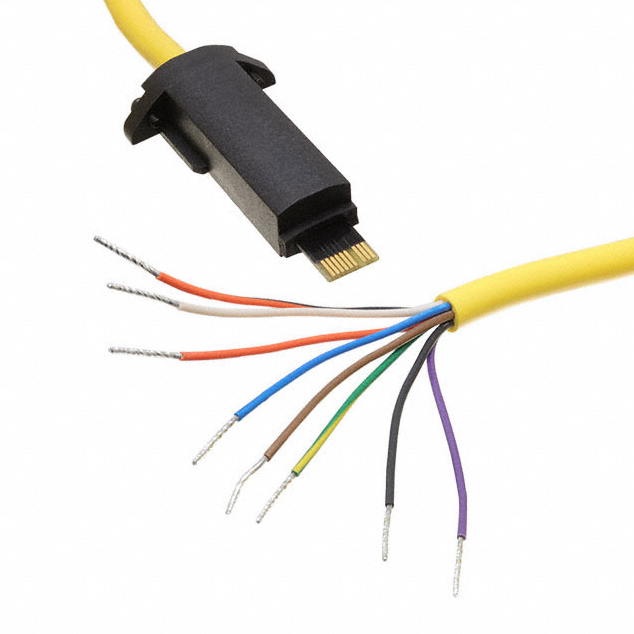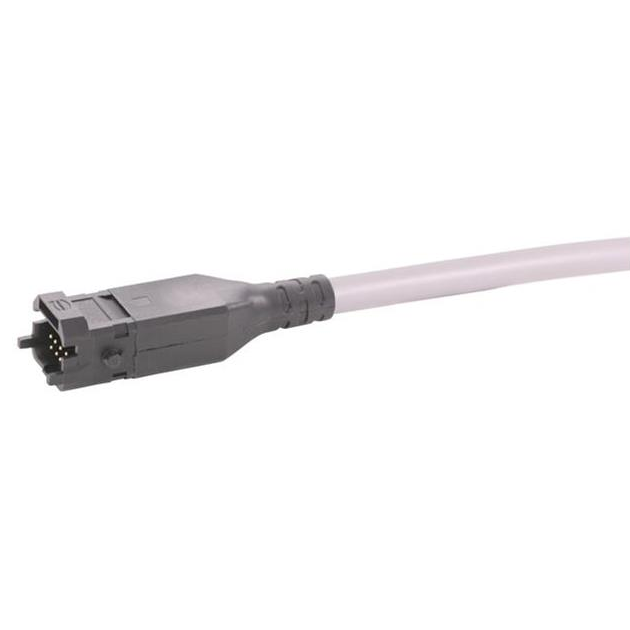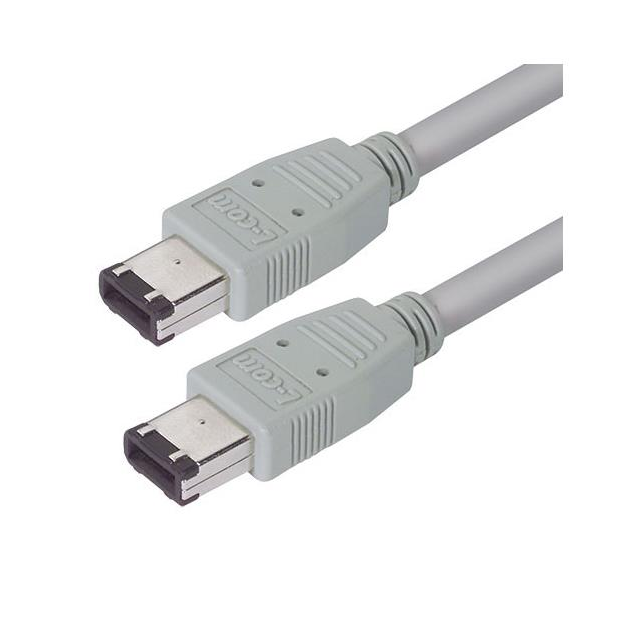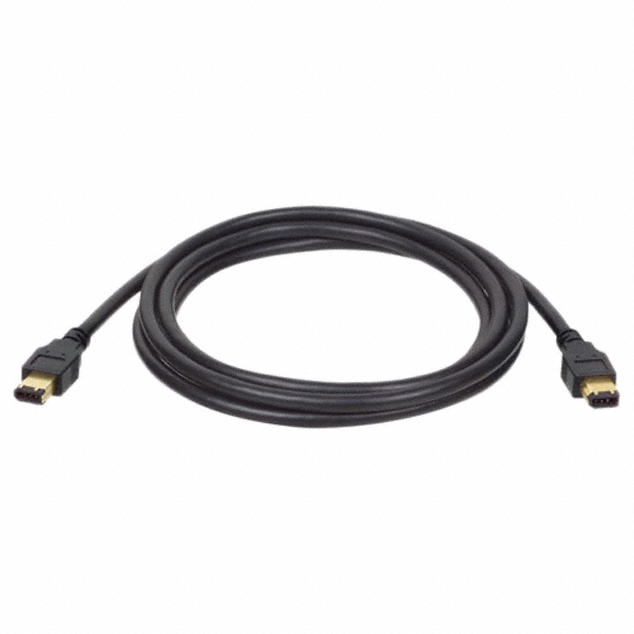Keeping progressing, Pursuing integrity, Embracing future
The failure of connecting wires is one of the common problems in electrical equipment, usually related to factors such as aging, damage, and poor contact of connecting wires. Understanding common cable faults and troubleshooting methods can effectively avoid safety hazards. The following are common faults and troubleshooting methods for connecting wires:
1、 Common faults in connecting wires
Wire breakage
Reason: Long term stress, frequent bending, pulling, or aging of wires can easily lead to core breakage, especially when the outer skin is damaged.
Performance: The device cannot be powered on normally, the power indicator light is off or the operation is unstable, and the electrical appliance suddenly loses power.
poor contact
Reason: Loose, corroded or oxidized joints result in poor contact. Common issues include poor contact between plugs and sockets, or loose connections between cables and electrical terminals.
Performance: Electrical appliances work unstably, occasionally flicker, equipment loses power or experiences current fluctuations.
Cable sheath damage
Reason: External friction, aging, rodent bites, excessive bending or pulling can cause the outer skin to rupture, thereby affecting the insulation of the cable.
Performance: Exposed wires, short circuits, and increased risk of electric shock.
short circuit
Reason: The insulation layer of the wire is damaged, and the wire comes into contact with another wire, metal object, or the ground, causing the current to flow abnormally.
Performance: Electrical appliances suddenly stop working, power supply trips, lines overheat or even smoke.
overheated
Reason: The specifications of the connecting wires are mismatched, overloaded, or the circuit is aging or has poor contact, resulting in excessive heat generation when current passes through.
Performance: The surface of the cable becomes hot, and there may be odors, smoke, blackening, and even fire hazards.
Unstable current or voltage fluctuation
Reason: Poor quality of connecting wires, small wire diameter, poor contact, etc., causing fluctuations in current flow and unstable power supply to electrical equipment.
Performance: Electrical appliances are not working properly and the voltage is unstable, which may cause equipment damage.
Internal cable branching fault
Reason: The wires inside the cable are damaged due to prolonged use or external forces (such as pulling, bending, etc.), resulting in some currents not being able to pass through normally.
Performance: Electrical equipment cannot start normally or suddenly loses power during operation.
2、 Troubleshooting method for connecting wire faults
Visual inspection
Check the appearance: First, check whether there are obvious damages on the outer skin of the connecting wire, such as cracks, indentations, wear, cutting, burning marks, etc. If the outer skin is found to be damaged, it may cause a risk of short circuit or electric shock, and the cable needs to be replaced.
Check the connectors and plugs: Check if the cable connectors are tight, if the plugs are loose or show signs of corrosion or oxidation. Loose or oxidized joints can cause poor contact and heat generation.
Measure resistance
Use a multimeter: Measure the resistance value of the connecting wire with a multimeter, especially test whether there is a current disconnection at both ends and in the middle of the cable. If the resistance is too high, it indicates that there may be a break or damage inside the cable.
Power off measurement: Ensure that the power is disconnected before conducting the test. Measure whether the resistance at both ends of the wire meets the standard. If it does not meet the standard, it may be due to internal disconnection or poor contact of the wire.
Current testing
Load test: Connect the current load to both ends of the wire and observe whether there is overheating, overheating, or other phenomena. If the wire is significantly heating up, it indicates insufficient current carrying capacity or too small wire diameter.
Leakage test: Use a leakage protector to test for the presence of leakage. Leakage may be caused by damage to the insulation layer of the cable.
Check the insulation layer
Touch test: Touch the cable sheath with your hand to see if there is any abnormal heating phenomenon. If the outer layer heats up, it indicates that the cable is overloaded or damaged, which can easily lead to safety hazards.
Use an insulation resistance meter: If conditions permit, an insulation resistance meter can be used to check the insulation of the cable and whether the resistance value of the cable meets the standard requirements. Poor insulation can lead to short circuits, electrical leakage, or electrical fires.
Check voltage stability
Voltage fluctuation: Use a voltmeter to test the stability of the power supply terminal voltage and check if the voltage fluctuates. If the fluctuation is too large, it may be due to cable damage causing unstable current.
Current stability: Use an ammeter to test the current stability. If the current is unstable, it may be due to poor cable contact or insufficient wire diameter.
Visual inspection interface
Plug and socket inspection: Check whether the connection between the plug and socket is tight, whether the plug is loose or oxidized, and avoid overheating or fire caused by poor contact.
Check terminal contact: Check if the cable terminals are securely connected to avoid issues such as arcing and heating caused by poor contact.
Use electrical protection devices
Install fuses or circuit breakers: For high load cables, install appropriate fuses or circuit breakers to cut off the circuit in case of current overload or short circuit, preventing equipment damage or fire.
Leakage protector: Using a leakage protector can automatically cut off the power supply in case of leakage, reducing the risk of electric shock.
3、 Preventive measures
Regular inspection and maintenance: Regularly inspect the connecting wires, especially cables that have been used for a long time or operated under high loads. Regularly replace aging and worn cables to ensure their safety.
Choose cables of appropriate specifications: Based on actual needs, choose cables of appropriate specifications to avoid overloading or selecting wires of poor quality.
Avoid excessive bending and pulling: During installation and use, avoid excessive bending, pulling, or external pressure on the connecting wires.
Avoid exposure to harsh environments: Connecting wires should be avoided from exposure to harsh environments such as high temperature, moisture, chemical corrosion, etc. Select cables that meet the requirements of the usage environment.
Reasonable wiring: Try to avoid contact between cables and heat sources, sharp objects, etc. Reasonable wiring can reduce the risk of cable damage.
Inquiry
LATEST BLOGS
INQUIRY
RELATED PRODUCTS
 What is wire harness shieldingRCD has over a decade of experience in the assembly of cables and connectors required for outdoor harsh environment equipment.
What is wire harness shieldingRCD has over a decade of experience in the assembly of cables and connectors required for outdoor harsh environment equipment. What is the role of wiring harness in the automotive industryRCD has over a decade of experience in the assembly of cables and connectors required for outdoor harsh environment equipment.
What is the role of wiring harness in the automotive industryRCD has over a decade of experience in the assembly of cables and connectors required for outdoor harsh environment equipment. How to evaluate the lifespan of wiring harnessesRCD has over a decade of experience in the assembly of cables and connectors required for outdoor harsh environment equipment.
How to evaluate the lifespan of wiring harnessesRCD has over a decade of experience in the assembly of cables and connectors required for outdoor harsh environment equipment.




